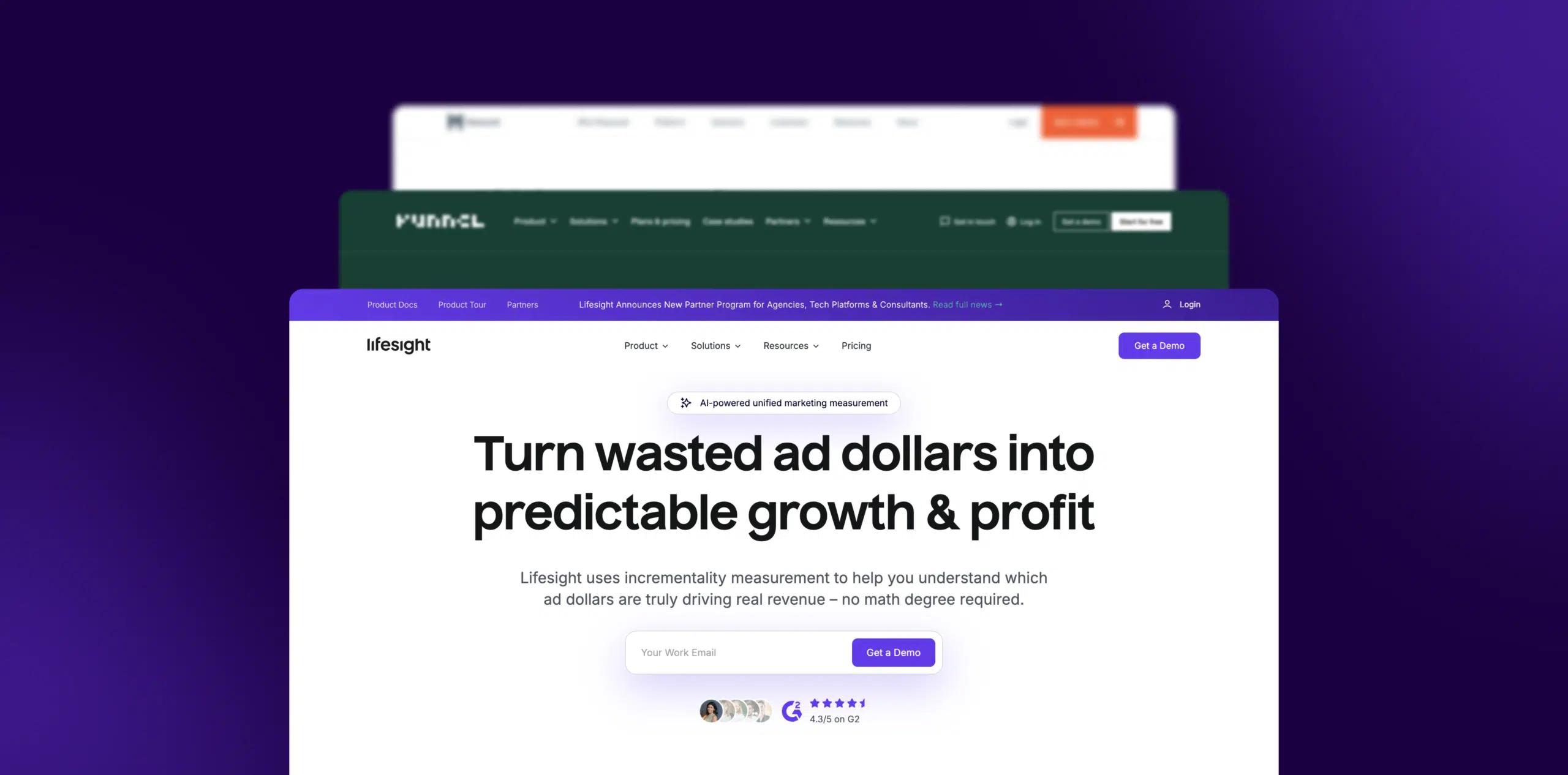What is Units per transaction (UPT)?
Units per Transaction (UPT) is an ecommerce metric that measures the average number of items purchased in a single transaction. It is important to measure UPT over time because it reflects the strength of customer loyalty. UPT can be calculated using the following formula: UPT = Total Number of Units Purchased/Total Number of Transactions. For example, if an ecommerce store sold 1000 items in 100 transactions, the UPT for that period would be 10 items per transaction. UPT is an important metric because it indicates how well customers are responding to the store’s products and services and how frequently customers are returning to the store. Additionally, UPT is also an indicator of customer loyalty, since customers who purchase multiple items at once are typically more loyal than those who purchase only one item.
Formula
UPT = Total Number of Units Purchased/Total Number of Transactions
Example
Let’s say you have an ecommerce store and in a given month, you sold a total of 500 units through 100 transactions. Units per Transaction = 500 units / 100 transactionsUnits per Transaction = 5 units per transaction. So, in this example, the average units per transaction is 5 units, meaning that on average, each transaction involves the sale of 5 units.
Why is UPT important?
Units per Transaction (UPT) is an important metric because it indicates the strength of customer loyalty, how well customers are responding to the store’s products and services, and the frequency of customers returning to the store. It is important for ecommerce stores to monitor UPT over time to see how it changes and to ensure that customers are staying loyal and engaging with products and services.
Which factors impact UPT?
The factors that can impact UPT are customer loyalty, customer satisfaction, marketing campaigns, product offerings, purchase incentives, and the effectiveness of the checkout process.
How can UPT be improved?
To improve UPT, ecommerce stores should focus on customer satisfaction and loyalty by offering discounts, promotions, and loyalty programs. Additionally, stores should create enticing marketing campaigns and make sure the checkout process is efficient and easy.
What is UPT’s relationship with other metrics?
Units per Transaction (UPT) is closely related to Revenue per Transaction (RPT) as an increase in UPT usually leads to an increase in RPT. Additionally, UPT is also related to Average Order Value (AOV) since an increase in average order value (AOV) can also lead to an increase in UPT. Finally, UPT is related to other metrics such as Customer Retention Rate and Customer Lifetime Value (CLV). A rise in customer loyalty, as indicated by an increase in UPT, usually leads to an increase in customer retention rate and customer lifetime value (CLV).
Free essential resources for success
Discover more from Lifesight






















































